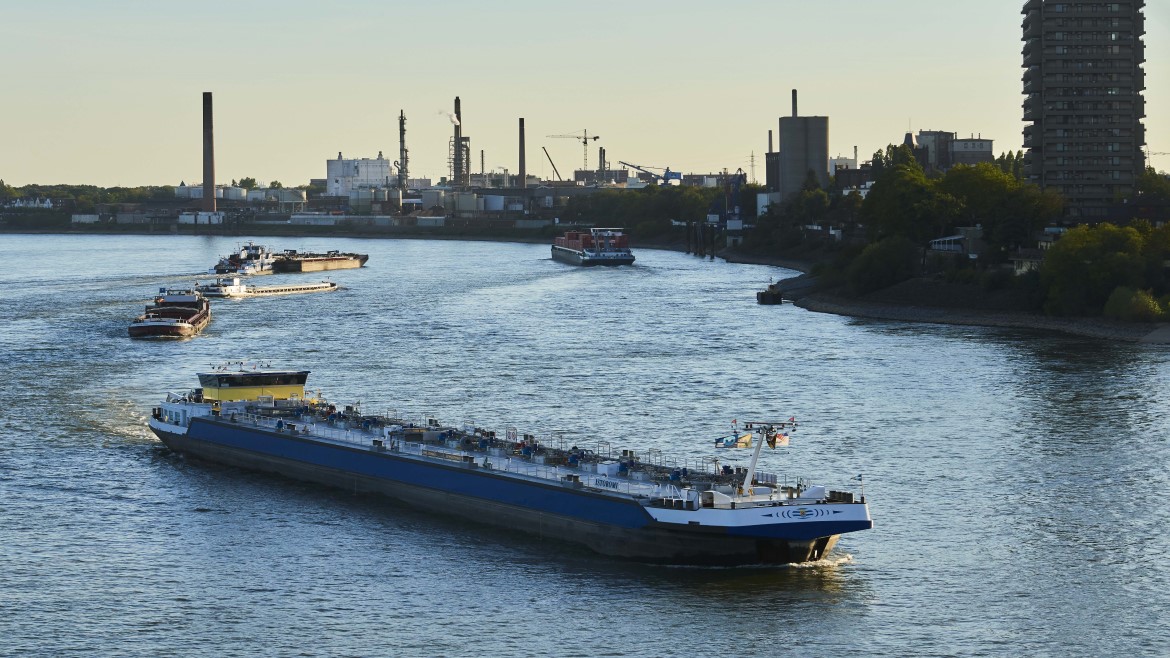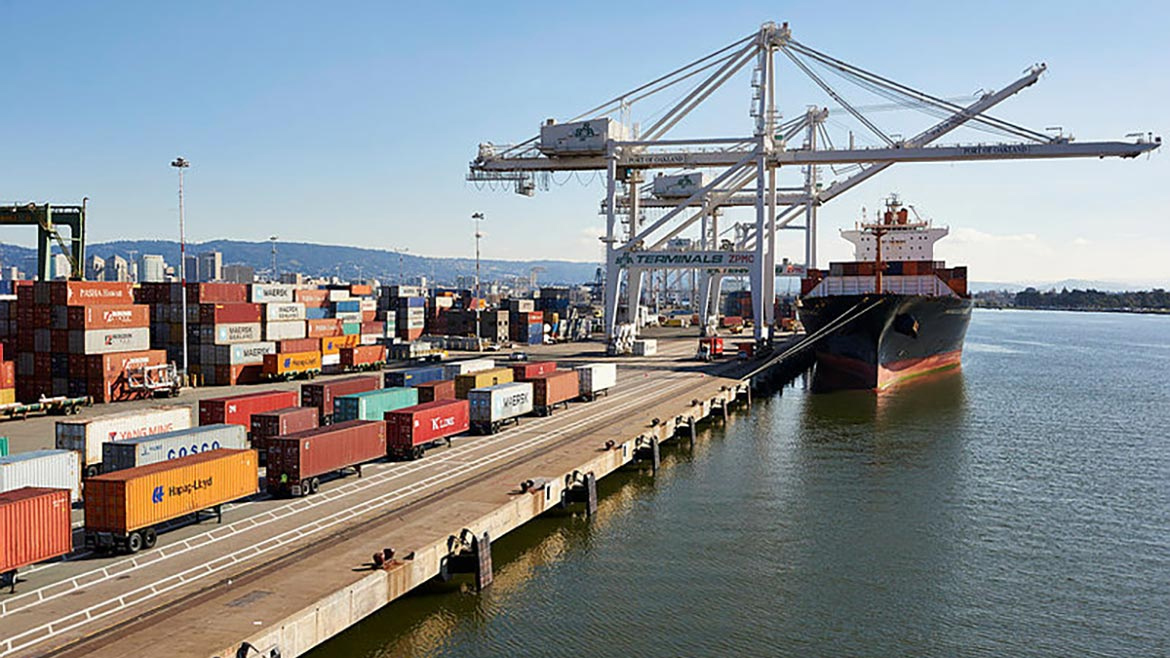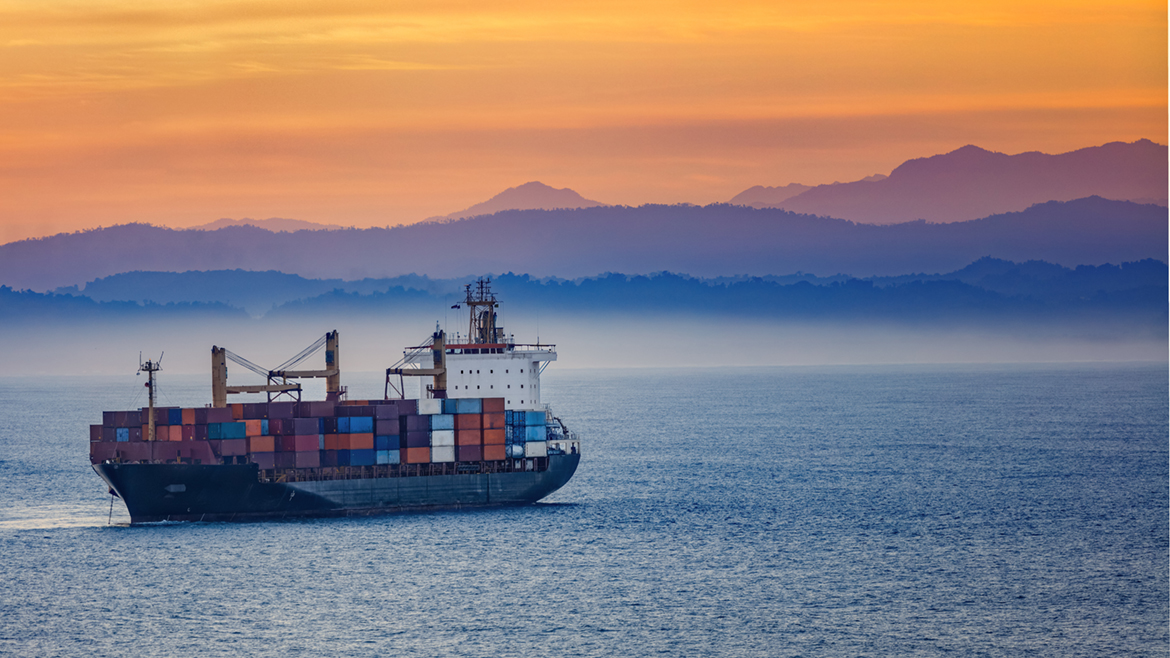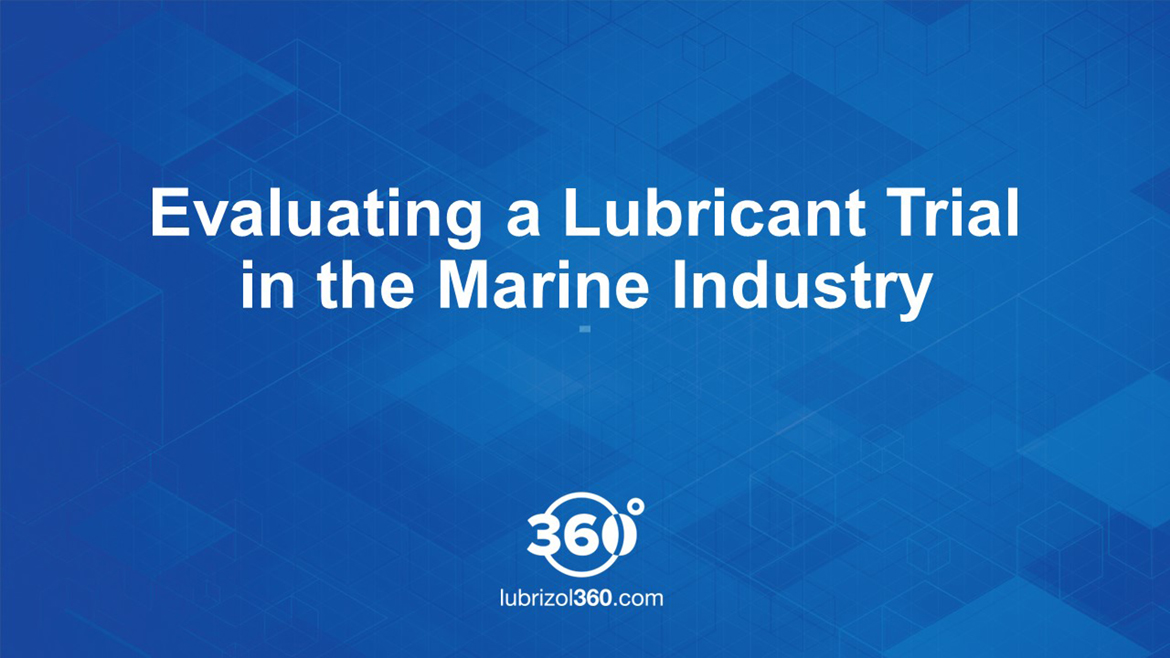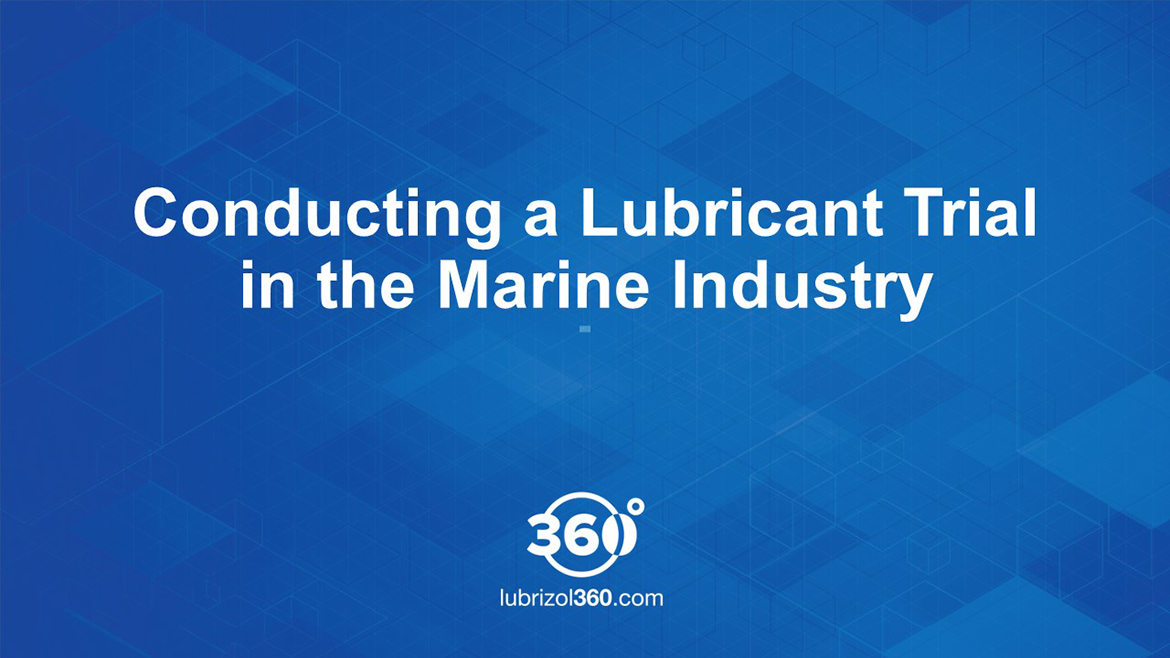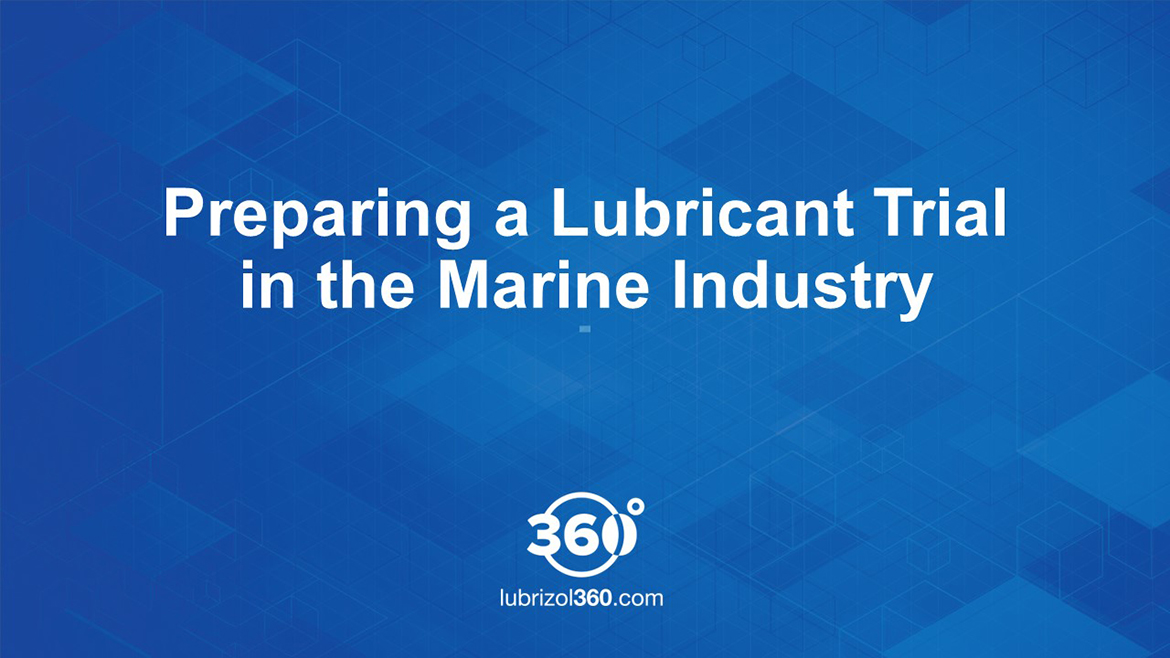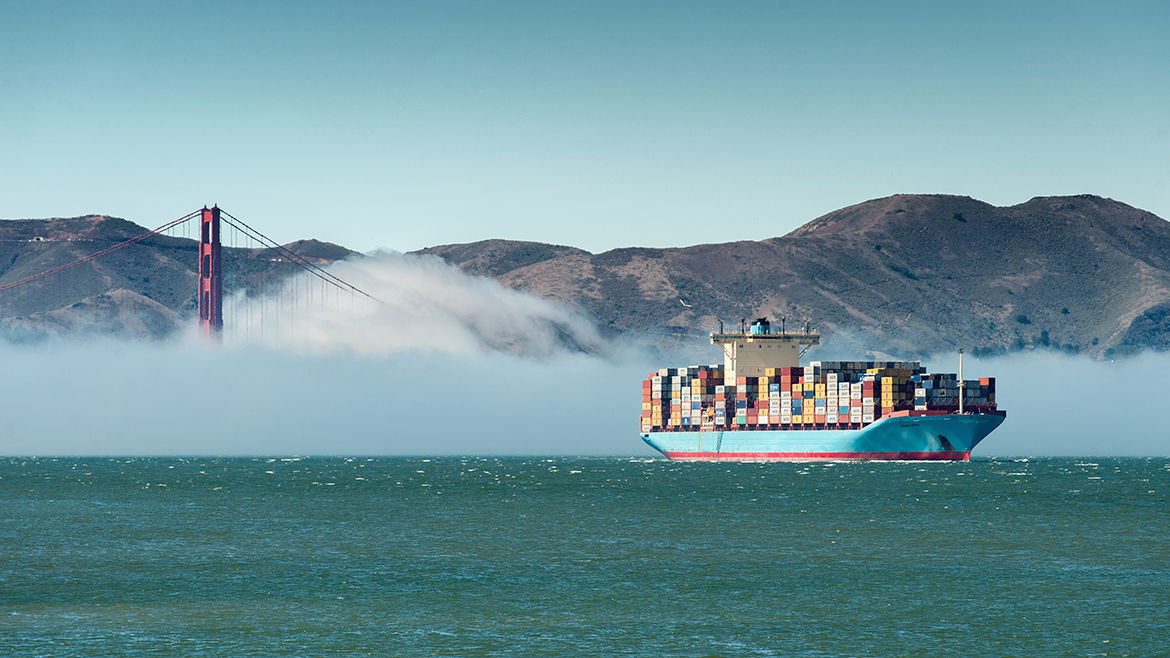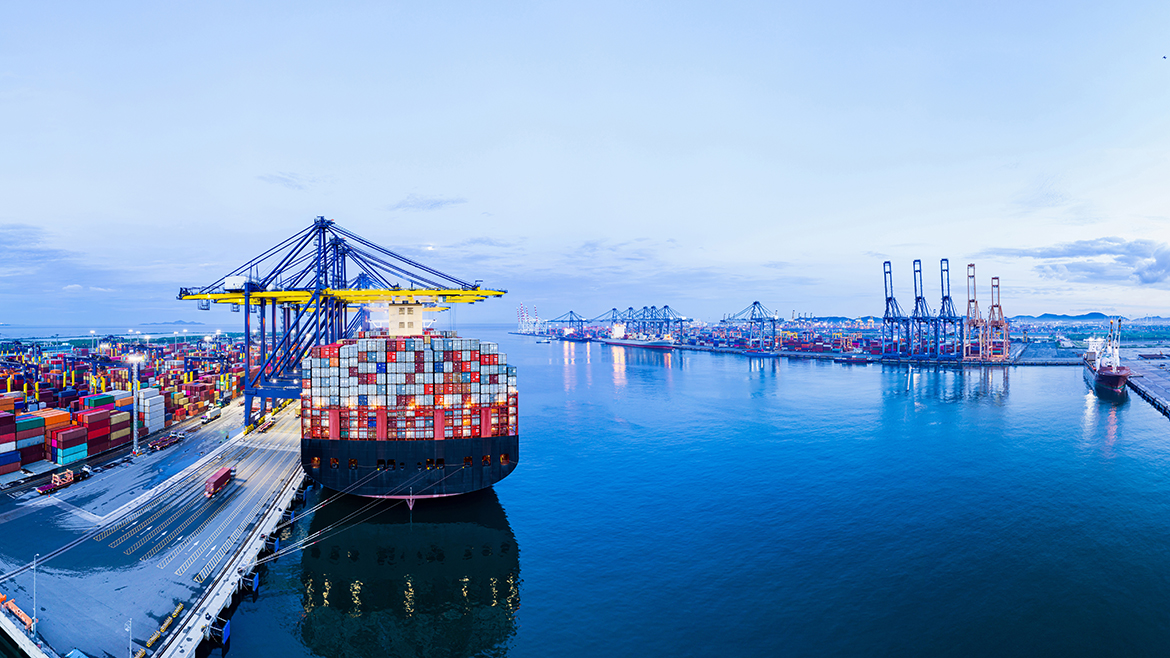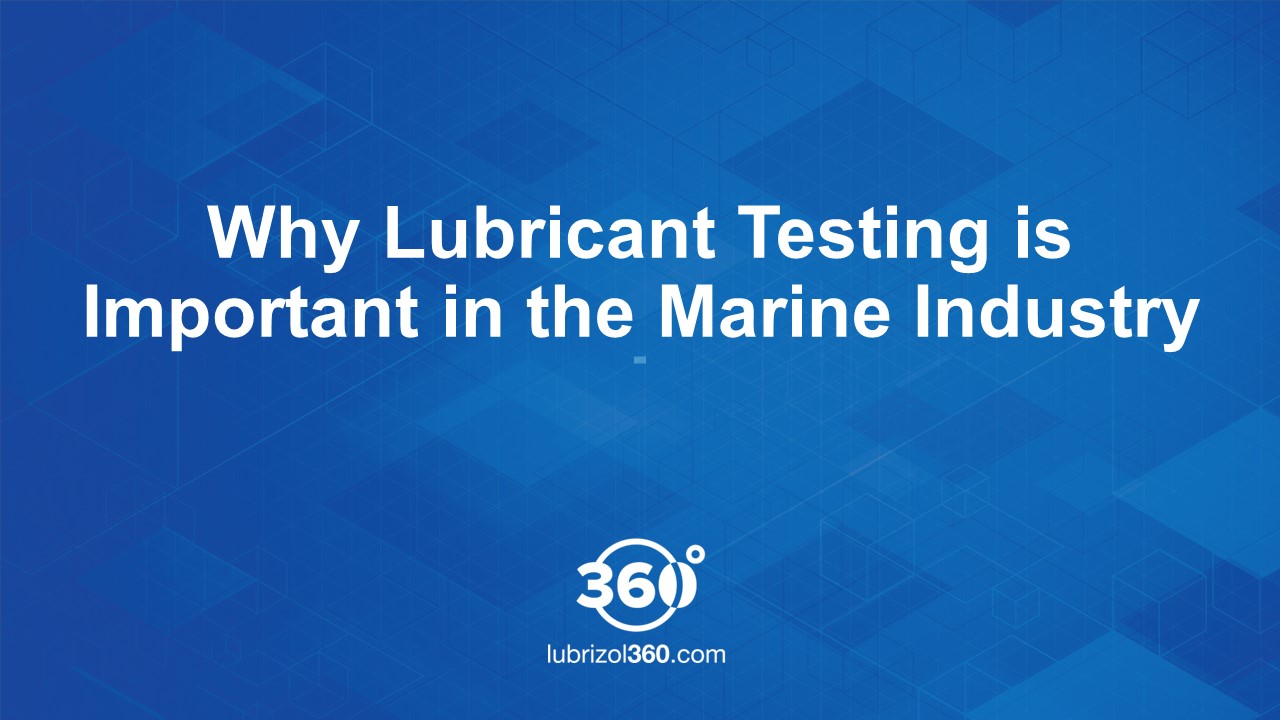Jan 31, 2025
Posted by Hui Hong Yeo, Large Engine Senior Product Manager
A net-zero emissions target of 2050, set by the International Maritime Organization (IMO) for the maritime segment, brings new attention to the shift toward lower-carbon solutions already under way in the marine segment.
While the zero-emissions 2050 announcement has received a lot of attention, the industry has already seen a robust response to the IMO 2020 regulation that established Very Low Sulphur Fuel Oil as the standard to reduce sulphur oxide emissions. Liquified natural gas (LNG) is one alternative, as it has a lower carbon intensity than diesel. Methanol is seeing greater adoption, while ammonia-powered engines are expected to enter the market soon. Other options, including zero-carbon options including green ammonia and hydrogen, adding to the complexity of the fuels landscape for the marine segment.
With this diversification comes an increase complexity of lubrication requirements. In addition to high-performance solutions approved by key OEMs, a range of lubricants with different base numbers is needed to meet the needs of ships powered by a variety of fuels. The industry is also transforming as Group II base oils outpace Group I.
To get to the low-carbon future ahead, the maritime industry needs:
- Innovative solutions
- Deep technical expertise
- Strategic investments
Read more about the changing fuels landscape in the marine industry in the article "Navigating the Maritime Sector's Decarbonisation Journey" in the December 2024 edition of Lube Magazine.
Explore Lubrizol's marine applications

